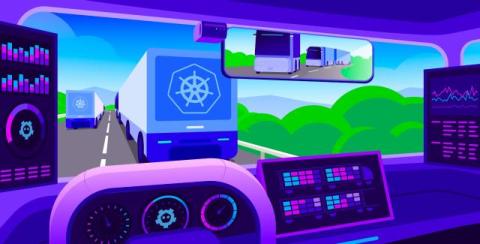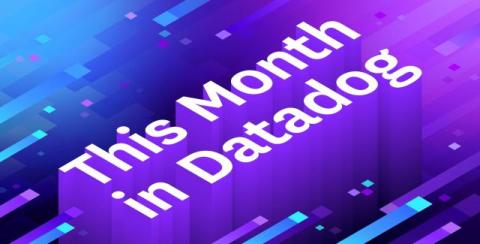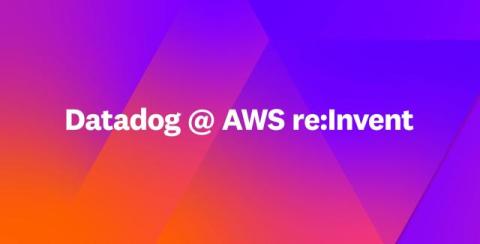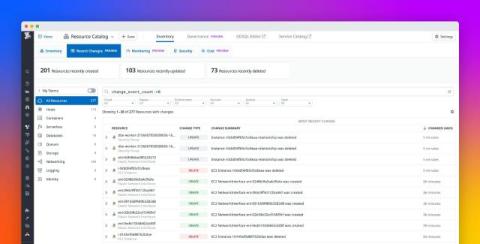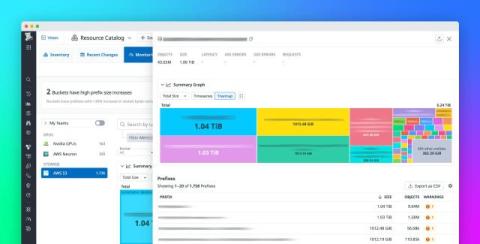How to support a growing Kubernetes cluster with a small etcd
Etcd plays a critical role in your Kubernetes setup: it stores the ever-changing state of your cluster and its objects, and the API server uses this data to manage cluster resources. As your applications thrive and your Kubernetes clusters see more traffic, etcd handles an increasing amount of data. But etcd’s storage space is limited: the recommended maximum is 8 GiB, and a large and dynamic cluster can easily generate enough data to reach that limit.


